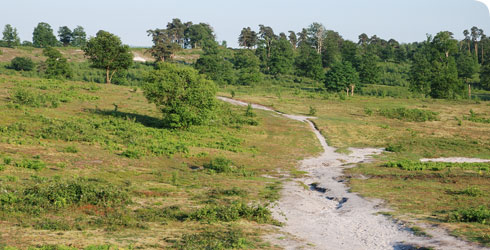Habitat and distribution
Habitat
Field crickets require short grass and a light sandy or chalk soil suitable for the nymphs to burrow into.
Crickets over-winter as penultimate instar nymphs and need the protection of burrows to survive.
Distribution
The field cricket occurs in:
- central and southern Europe
- western Asia
- North Africa
In Britain, the field cricket survives only in very restricted habitats in southern England.
Gilbert White observed the field cricket on the Short Lithe at Selbourne, Hampshire where it 'abounds…though by no means a common insect' elsewhere, and Lucas (1920) stated it to be very rare and local.
By 1988 the field cricket survived at only 1 original site in the Coates Castle area of West Sussex. However, the launch in 1991 by English Nature (now Natural England) of their Species Recovery Programme has enabled this species to be helped back from the very brink of extinction.
The captive-breeding programme with the Invertebrate Conservation Unit, ZSL London Zoo enabled nymphs to be released at selected sites in the following years. Although this had varying degrees of success, 3 separate populations are now well-established (Edwards 2009).
Further information
For further information on the distribution of Gryllus campestris and related insects, go to the Orthopteroids of the British Isles Recording Scheme, designed and hosted by the Biological Records Centre.
